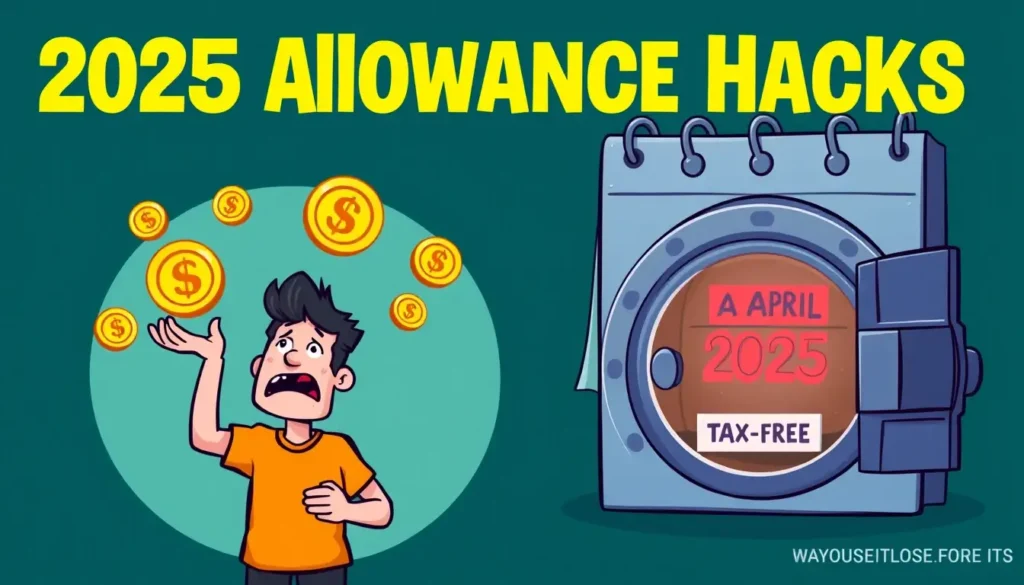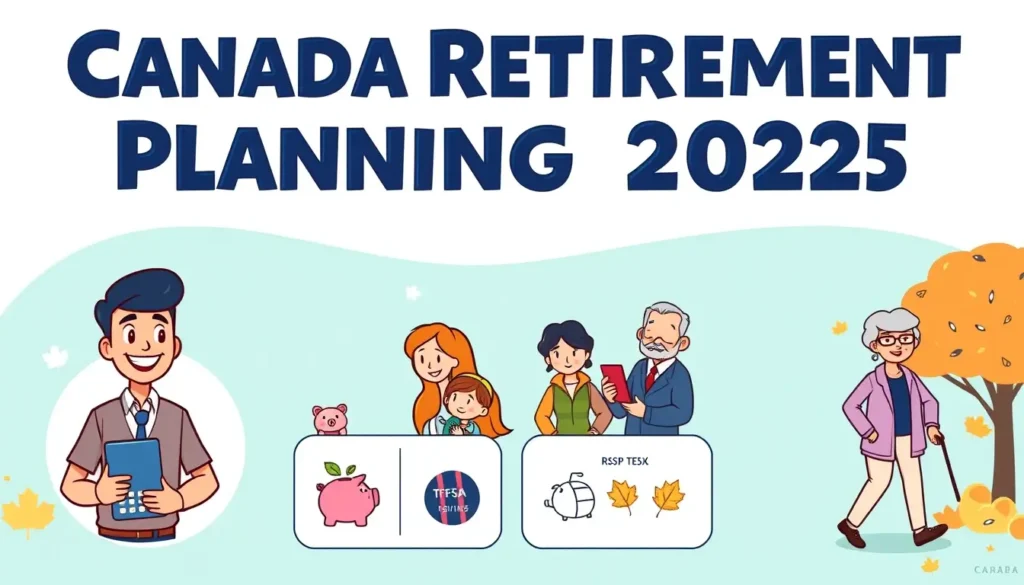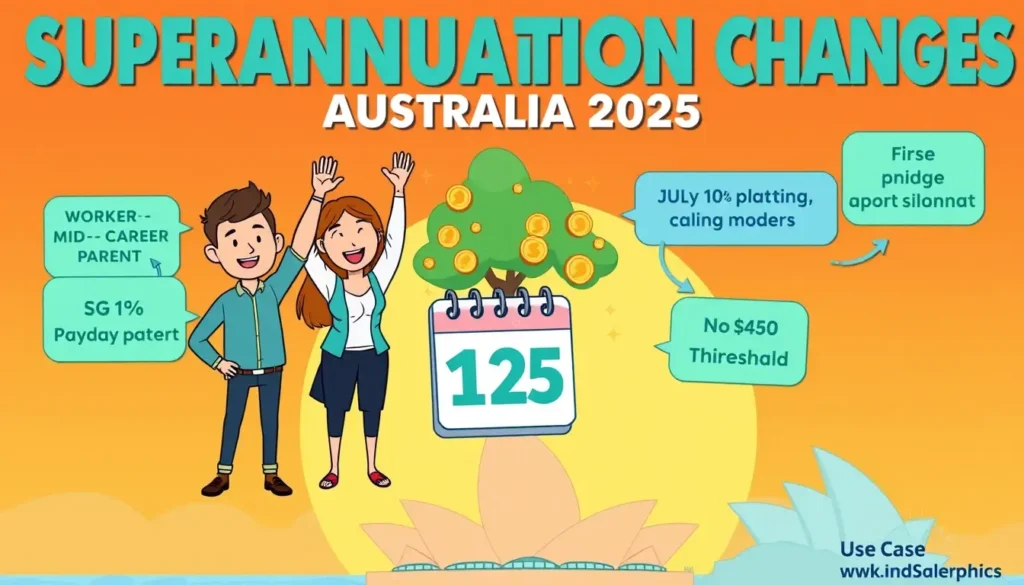
Hi friends! So, you’re dreaming of buying your first home but feel like that deposit is a mountain you just can’t climb? You know what? You’re not alone. The great Australian dream can feel pretty distant with how prices are these days. But honestly, what if I told you there’s a powerful, government-backed strategy hiding in plain sight that could help you get there years faster? That’s exactly what we’re diving into today. We’re going to break down the First Home Super Saver Scheme from top to bottom – what it is, how it works in 2024, and the step-by-step process to use it for your benefit. Get ready to turn your super into your secret home-buying weapon!
What is the First Home Super Saver Scheme and How Can It Supercharge Your Deposit? FHSS scheme Australia
The Government’s Tax-Efficient Shortcut to Home Ownership
At its heart, the First Home Super Saver Scheme is a government initiative designed to help Australians break into the property market by using the superannuation system’s tax advantages to build a deposit faster. Launched in 2017, the scheme allows you to make voluntary contributions into your super fund, which are taxed at a lower rate, and then later apply to release those funds (plus a bit of earnings) to put towards your first home. Think of it as a turbocharged, tax-friendly savings account specifically for your deposit. The key here is the tax concession. Money you salary sacrifice into super is generally taxed at 15%, which is often significantly lower than your marginal income tax rate. This difference is the magic that helps your money grow quicker than it would in a standard bank account.
The Powerful Math Behind the Tax Savings
Let’s make this real with some numbers. Imagine you earn $90,000 a year. Your marginal tax rate is 32.5% (plus the 2% Medicare levy), meaning for every extra dollar you earn, you lose 34.5 cents to tax. If you put $10,000 into a savings account from your take-home pay, it’s already been taxed at that high rate. Now, if you instead salary sacrifice that $10,000 into your super as a concessional contribution for the FHSS scheme Australia, it only gets taxed at 15% within the super fund. You effectively save 19.5% in tax on that money immediately. That’s a huge head start on your savings goal. This mechanism is the core engine that makes the scheme so powerful for aspiring homeowners.
FHSS vs. Standard Savings: A Clear Comparison
You can potentially save thousands of dollars in tax, which directly translates into a larger deposit for your first home. Using the previous example, on a $10,000 contribution, the tax saving is $1,950. Over multiple years and the maximum contribution limit, these savings compound dramatically. In a standard high-interest savings account, your money grows with interest, but it’s from a smaller post-tax base. With the FHSS, you start with a larger pre-tax base that then also earns returns (deemed by the ATO) at a competitive rate. It’s this combination of upfront tax efficiency and growth that truly supercharges your deposit-saving efforts and makes it a standout strategy for any first home buyer Australia has waiting to enter the market.
Am I Eligible? Demystifying the FHSS eligibility criteria for 2024
The Fundamental Rules You Must Meet
Before you get too excited, it’s absolutely crucial to check if you tick all the boxes. The Australian Taxation Office (ATO) is very strict on the FHSS eligibility criteria, and getting it wrong can mean you can’t access your money. First and foremost, you must be 18 years or older. There’s no upper age limit, which is great news for those who come to home ownership later in life. Secondly, you must never have owned property in Australia before. This is the big one. This means you cannot have owned a residential property, whether it was an investment, a commercial property, or land, even if you never lived in it. There are very few exceptions to this rule, so be brutally honest with yourself here.
Residency and the “Live In It” Requirement
You must be an Australian resident for tax purposes when you apply to release your funds under the scheme. Furthermore, the intent of the scheme is clear: it’s to help you buy a home to live in. Therefore, you must intend to live in the property you buy for at least six months within the first 12 months after you buy it, as soon as it’s practical to do so. You can’t use the scheme to buy an investment property. The ATO takes this intention seriously, so you need to be genuine about your plan to occupy the property. This is a key pillar of the scheme’s design, ensuring it supports genuine first home buyer Australia efforts rather than property investment.

How to Confirm Your Eligibility with Certainty
The best way to be 100% sure about your eligibility is to use the ATO’s official tools. You can access the FHSS determination request through your myGov account linked to the ATO. This service allows you to see exactly how much you’re eligible to release before you even find a property. It’s a non-binding check that gives you the confidence to proceed. If you have any complex circumstances—like you’ve owned property overseas, or you’re on a specific visa—it’s highly recommended to seek advice from a qualified tax agent or financial adviser who specialises in this area. Navigating the FHSS eligibility criteria correctly is the first and most important step on your journey.
The Nitty-Gritty: Understanding Super Saver Scheme rules and Contribution Limits
Concessional vs. Non-Concessional: The Two Contribution Paths
Not all contributions are treated the same under the Super Saver Scheme rules. There are two main types you can make: concessional and non-concessional. Concessional contributions are the golden ticket. These are payments made into your super fund from your pre-tax income. This includes salary sacrifice arrangements you set up with your employer or personal contributions for which you intend to claim a tax deduction. These are the contributions that are taxed at the beneficial 15% rate within the fund, providing that immediate tax advantage we talked about. It’s the most efficient way to participate in the scheme and accelerate your savings for your buy first home with super goal.

The Strict Caps: How Much You Can Actually Put In
The government sets clear limits to prevent abuse of the system. For the First Home Super Saver Scheme, the rules state that you can contribute up to $15,000 per financial year across all voluntary contributions (both concessional and non-concessional) that you wish to use for the scheme. Furthermore, there is a total cap of $50,000 across all years. This means you can’t just dump $50,000 in one go; you need to plan your contributions over several years to maximise the benefit. It’s also vital to remember that these voluntary contributions count towards your general annual super contribution caps ($27,500 for concessional and $110,000 for non-concessional for the 2023-24 year). Exceeding these can lead to extra tax, so careful planning is essential.
How Your Money is Taxed and Grows Within Super
When you make a concessional contribution, it is taxed at 15% as it enters your super fund. So, if you salary sacrifice $10,000, $8,500 is actually credited to your account. This is the amount that will form the basis of your savings. The scheme doesn’t use your super fund’s actual investment earnings. Instead, the ATO calculates a “deemed” amount of earnings on your eligible contributions using a formula based on the Shortfall Interest Charge (SIC) rate. This is known as the associated earnings. When you withdraw, you can release 100% of your eligible non-concessional contributions, 85% of your eligible concessional contributions, and 100% of the associated earnings. This structure is a core part of the Super Saver Scheme rules that ensures fairness and consistency for all applicants.
Maximising Your Savings: A Deep Dive into the FHSS maximum release amount
Breaking Down the $50,000 Total Cap
Everyone’s favorite question is: “So, what’s the maximum I can actually get out?” The short answer is $50,000 of your contributions, plus the associated earnings calculated on those contributions. But let’s unpack that. The $50,000 limit is on the contributions you voluntarily make. Remember, you can only contribute a maximum of $15,000 per financial year towards this goal. So, to hit the $50,000 cap, you’d need to contribute the maximum over at least four financial years. This is a long-game strategy, perfect for those who are planning ahead to buy first home with super. It’s not a get-rich-quick scheme, but a structured, disciplined savings plan with a juicy tax incentive.
The ATO’s “Associated Earnings” Calculation Explained
This is the part that often confuses people. The ATO doesn’t just look at your super fund’s actual performance. Instead, they use a formula to calculate deemed earnings. They take the SIC rate, which is currently 4.98% as of the December 2024 quarter (Source: Australian Taxation Office), and apply it to your contributions from the day they were made until the end of the quarter before you request a release. This calculated amount is your “associated earnings.” The formula ensures everyone is treated equally, regardless of whether their super fund had a bumper year or a loss. It provides a predictable and fair measure of growth on your savings, which is added to your FHSS maximum release amount.
A Real-World Example of a Final Withdrawal
Understanding the associated earnings calculation is key to predicting exactly how much money you will have for your deposit. Let’s create a simple scenario. Say over three years, you’ve made $45,000 in concessional contributions. After the 15% contributions tax, the amount credited is $38,250 (85% of $45,000). The ATO then calculates the associated earnings on that $45,000 (not the $38,250) over the period. If the deemed earnings come to $5,000, your total releasable amount would be $38,250 (your net contributions) + $5,000 (earnings) = $43,250. This is the lump sum that would be released to you to put toward your deposit, giving you a significant leg up that would have been much harder to achieve in a standard savings account.
Your Action Plan: How to withdraw super for house deposit with the ATO
Step 1: The Crucial First Move – Request an ATO Determination
Your journey to withdraw super for house deposit doesn’t start when you find a house; it starts online. Before you even make an offer on a property, you must log into your myGov account linked to the ATO and submit a “First Home Super Saver Scheme determination request.” This is not an application for payment; it’s a request for the ATO to tell you exactly how much you are eligible to release based on your contributions and their associated earnings calculation. This is a critical step because it gives you a concrete figure to work with for your budget. You can do this multiple times without any obligation, so it’s a great way to check your progress. The ATO will provide you with a written determination, which is your green light to proceed.
Step 2: Applying for the Release of Your Funds
Once you have a contract of sale to buy or build your first home, you can then go back into your myGov account and apply for the actual release of your funds. You will need to provide details from your contract. The ATO will then process your application and, once approved, will issue a release authority to your super fund(s). Your super fund will then pay the money to the ATO, who will then forward it to you, less any applicable tax. It’s important to note that the released amount is taxed at your marginal tax rate, but with a 30% tax offset. This process can take some time, so you must factor this into your settlement timeline and ensure you don’t need this cash for the initial deposit.
Step 3: The Critical Timelines After Release
The clock starts ticking the moment the funds hit your bank account. You have a strict 12 months to either sign a contract to buy or build a home. Once you’ve signed that contract, you then have a further 12 months (usually aligned with the standard settlement period) to actually complete the purchase. If your purchase falls through, you may be able to request an extension from the ATO, but this is not guaranteed. If you don’t end up buying a qualifying home within the time limit, you have two choices: you can re-contribute the released amount back into your super to avoid paying extra tax, or you will be required to pay tax on the entire amount without the 30% offset, plus an extra 20% FHSS scheme tax. This is why understanding the rules from the ATO first home super saver team is non-negotiable.
Pros, Cons, and Pitfalls: Smart Strategies for the First Home Buyer Australia Using Super
The Undeniable Advantages of Using the FHSS Scheme
Let’s be real, the main benefit is the tax saving. By saving inside super, you’re building your deposit with pre-tax dollars, which supercharges your savings rate compared to a standard bank account. It’s a forced savings discipline—the money is tucked away in your super, making it harder to impulsively spend on other things. Furthermore, the process of applying and withdrawing is managed through the official ATO portal, providing a clear and regulated pathway. For many first home buyer Australia hopefuls, this structured approach is exactly what they need to turn their dream into a achievable financial plan, bringing them closer to the goal of saving for deposit with super efficiently.
Being Aware of the Potential Drawbacks
It’s not all sunshine and rainbows. The most significant downside is that you are temporarily reducing your retirement savings. While the goal is to buy a home, which is itself an asset, your super balance will be lower than if you hadn’t withdrawn. The process can also be complex and involves strict deadlines. If you mess up the timelines, the tax penalties can be severe. There’s also the risk that property prices could rise faster than you can save, even with the scheme’s help. Finally, the money is locked away until you’re ready to buy, so it’s not a liquid emergency fund. You need to be certain that buying a home is your primary medium-term goal before you commit.
Combining FHSS with Other Government Initiatives
The smartest first-home buyers use the FHSS scheme as one powerful tool in a larger toolkit, combining it with other grants and guarantees to maximise their buying power. You can absolutely use your FHSS funds in conjunction with other state-based First Home Owner Grants (which are often $10,000 or more for new builds) and the federal government’s Home Guarantee Scheme (which includes the First Home Guarantee and the Regional First Home Buyer Guarantee). These schemes allow you to buy a home with a deposit as low as 5% without paying Lenders Mortgage Insurance. Using your FHSS savings for that 5% deposit is a classic and highly effective strategy. Always check the latest eligibility for these combined schemes on official government sites like National Housing Finance and Investment Corporation (NHFIC) to create a rock-solid plan.
FAQs: FHSS eligibility criteria Qs
And there you have it, friends! The First Home Super Saver Scheme might seem a little complex at first glance, but honestly, it’s one of the most powerful tools an aspiring homeowner has in their arsenal. It harnesses the tax system to give your deposit savings a serious boost, shaving years off your saving timeline. The key is to start planning early, understand the rules inside out, and follow the ATO’s process to the letter. So, if you’re serious about unlocking your first home faster, take another look at your super—it might just be the key to your front door.
What do you think? Is the FHSS scheme something you’ll be using? Did we miss any of your burning questions? Share this guide with a friend who’s also on the home-buying journey, and drop a comment below if you want us to dive deeper into any specific aspect! Happy house hunting!





I’m amazed, I must say. Seldom do I encounter a blog that’s equally educative
and amusing, and let me tell you, you have hit the nail on the head.
The problem is something which not enough people are speaking intelligently about.
Now i’m very happy I found this during my search for something concerning this.
Thank you so much! I really appreciate your kind words — it means a lot. I’m glad you found the article both informative and enjoyable to read. Stay tuned for more upcoming posts!